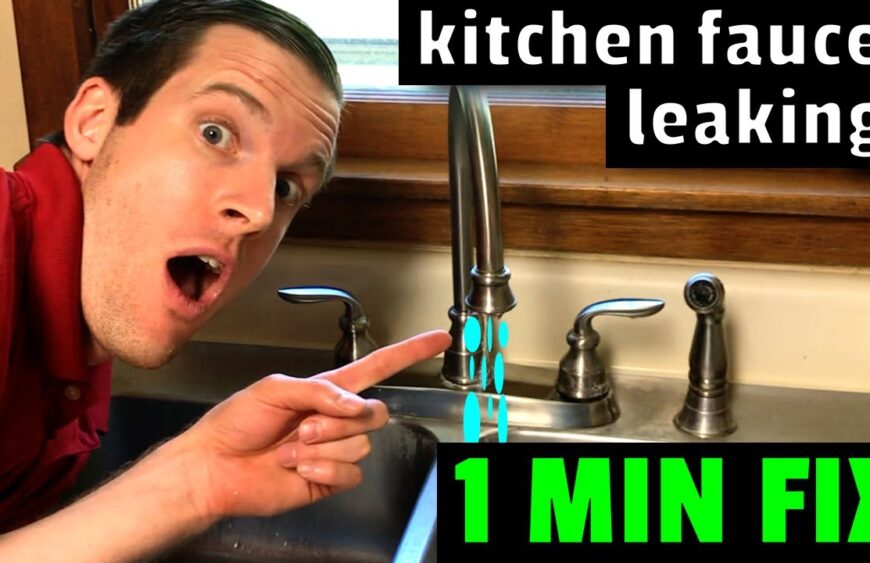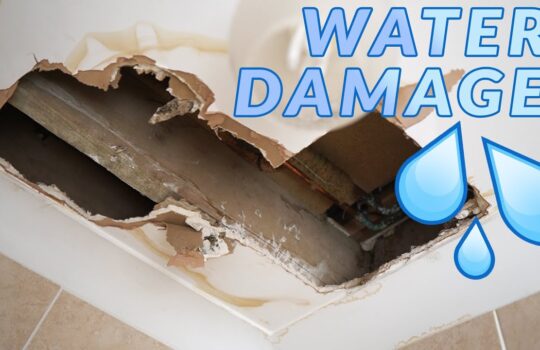Leaking or dripping kitchen sink is a common problem that can cause a lot of damage if not addressed properly. It is important to identify the source of the leak and take appropriate action to prevent further damage. There are several potential causes of a leaking or dripping kitchen sink, including a broken pipe, a blocked drain, a loose fitting, or a worn seal.
Identifying the source of the leak
The first step in repairing a leaking or dripping kitchen sink is to identify the source of the leak. To do this, it is important to inspect the sink, pipes, and fittings. Look for signs of wear and tear, such as cracks or corrosion. Also, check the fittings and connections for signs of leaking. If the source of the leak is not immediately apparent, it may be necessary to use a drain snake or a plumbing camera to further inspect the pipes and fittings.
Repairing a broken pipe
If the source of the leak is a broken pipe, the pipe must be replaced. This is a relatively straightforward process, but it is important to ensure that the new pipe is properly fitted and sealed. It is also important to check the surrounding area for any signs of water damage, such as mould or mildew.
Unblocking a drain
If the source of the leak is a blocked drain, the drain must be unblocked. This can be done using a plunger or a drain snake. It is important to be careful when using a drain snake, as it can cause further damage if not used properly. If the blockage is too stubborn to be cleared with a plunger or a drain snake, a professional plumber may need to be called.
Tightening or replacing a loose fitting
If the source of the leak is a loose fitting, the fitting must be tightened or replaced. This is a relatively straightforward process, but it is important to ensure that the fitting is properly tightened or replaced. If the fitting is too difficult to be tightened, a professional plumber may need to be called.
Replacing a worn seal
If the source of the leak is a worn seal, the seal must be replaced. This is a relatively straightforward process, but it is important to ensure that the new seal is properly fitted and sealed. It is also important to check the surrounding area for any signs of water damage, such as mould or mildew.
Conclusion
Leaking or dripping kitchen sinks can cause a lot of damage if not addressed properly. It is important to identify the source of the leak and take appropriate action to prevent further damage. This can include replacing a broken pipe, unblocking a drain, tightening or replacing a loose fitting, or replacing a worn seal.









